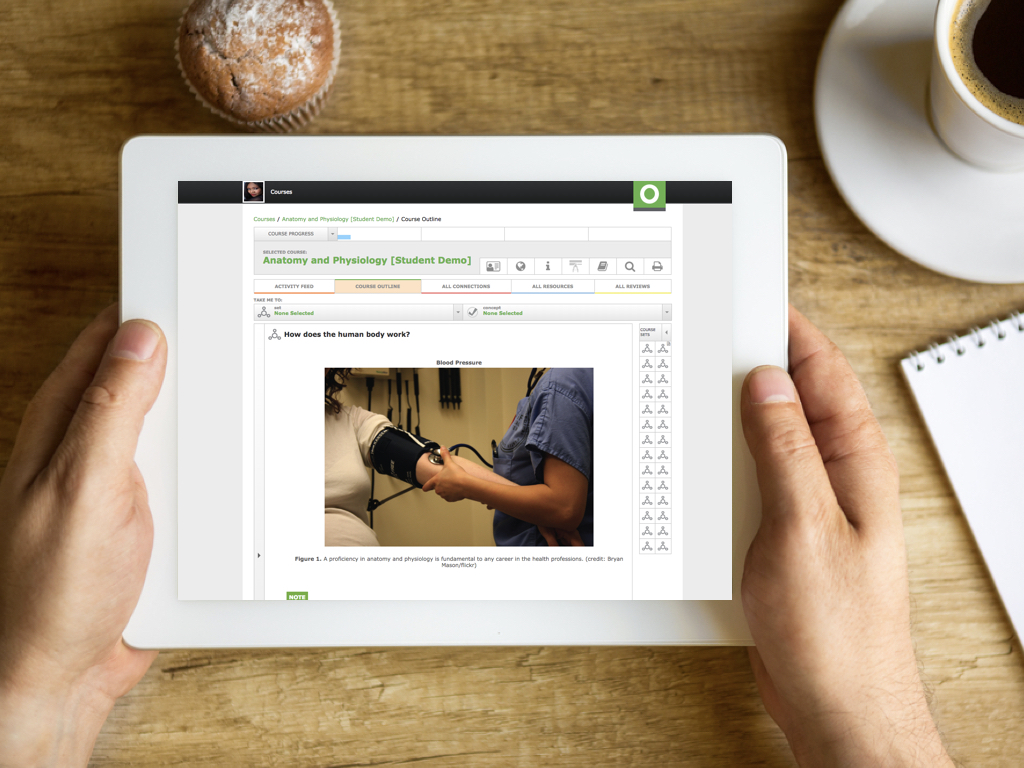
Anatomy & Physiology
The comprehensive contents from this book, combined with Odigia’s Teaching and Learning Tools have everything you need to engage, collaborate, track and assess your students.
This course includes:
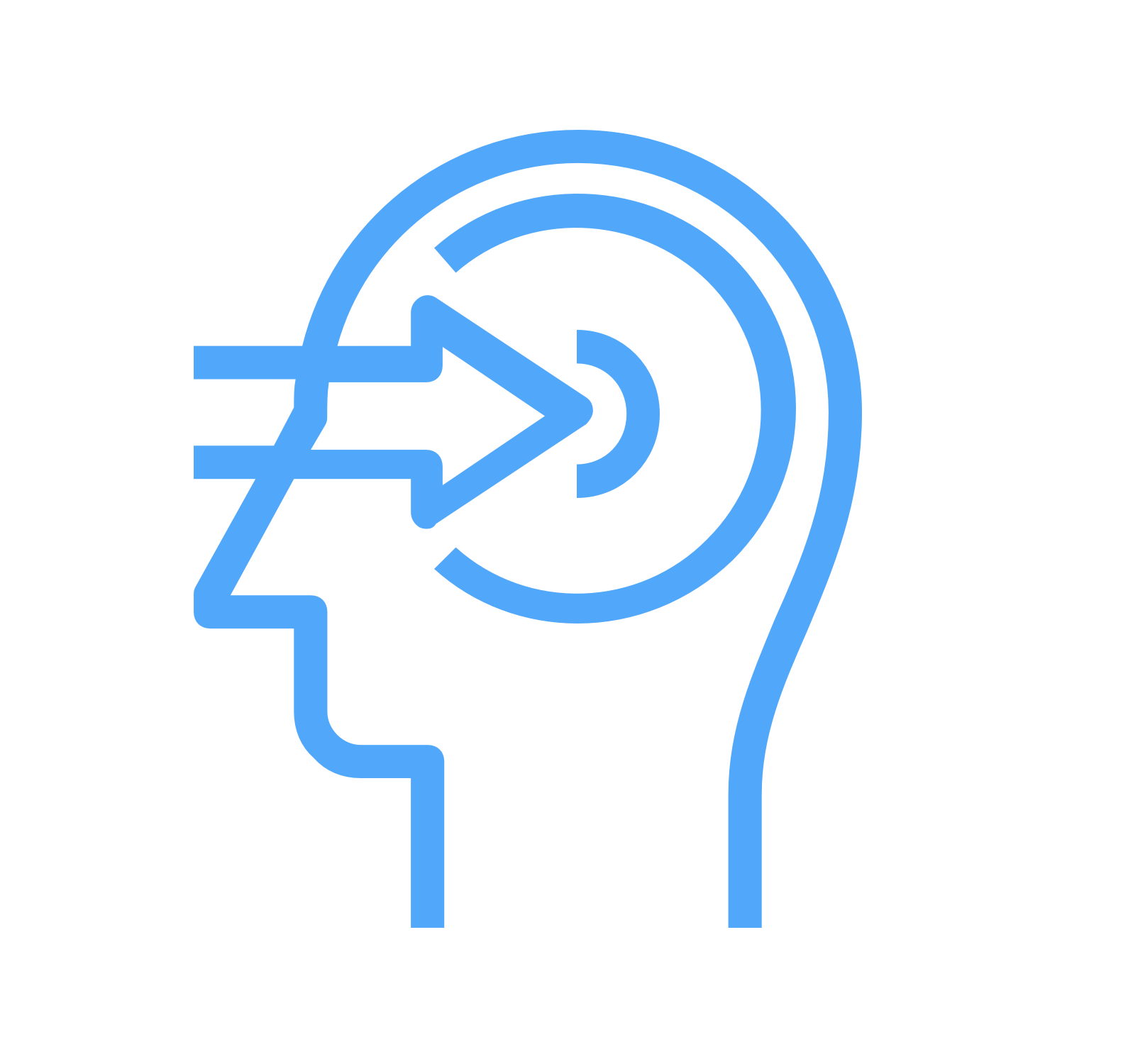
707
practice questions
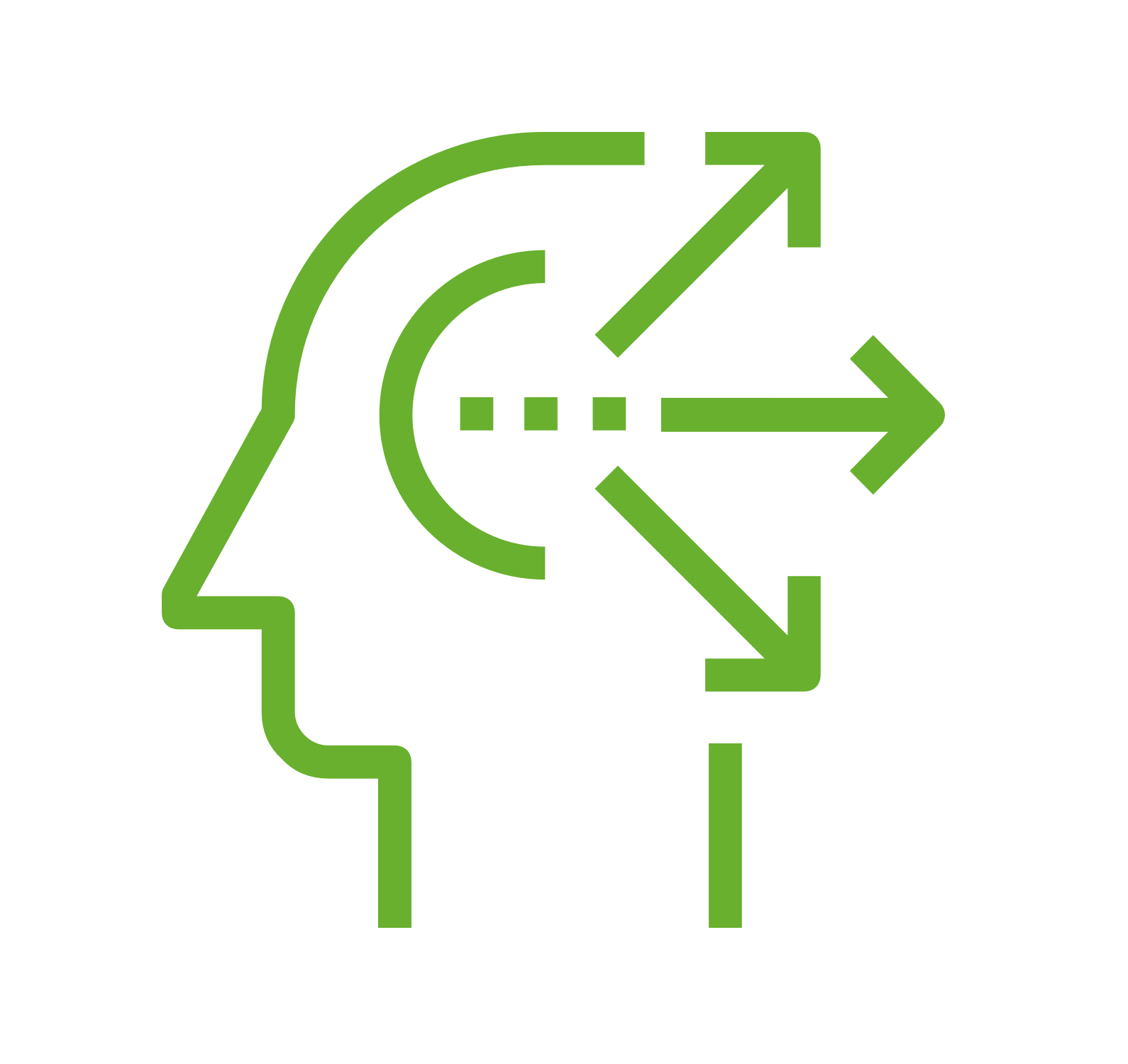
693
engagement activities
Helping Teachers Do What They Do Best: Teach
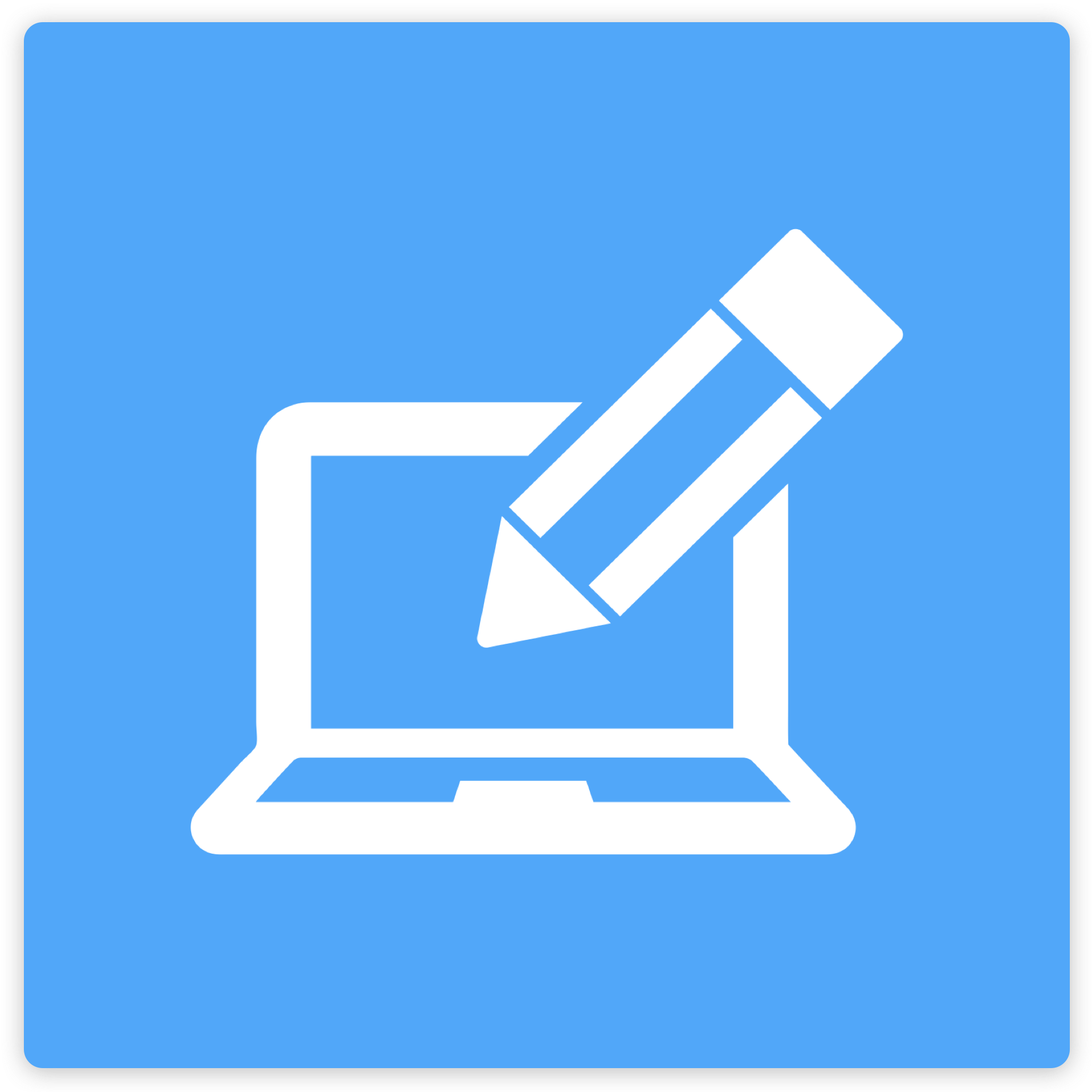
Customize
Use our courses as is or easily customize them to fit your teaching style and the needs of your students. You can add your favorite resources, hide and show our existing content and pre-built assessments, or make them your own. Everything your students need, in one place!
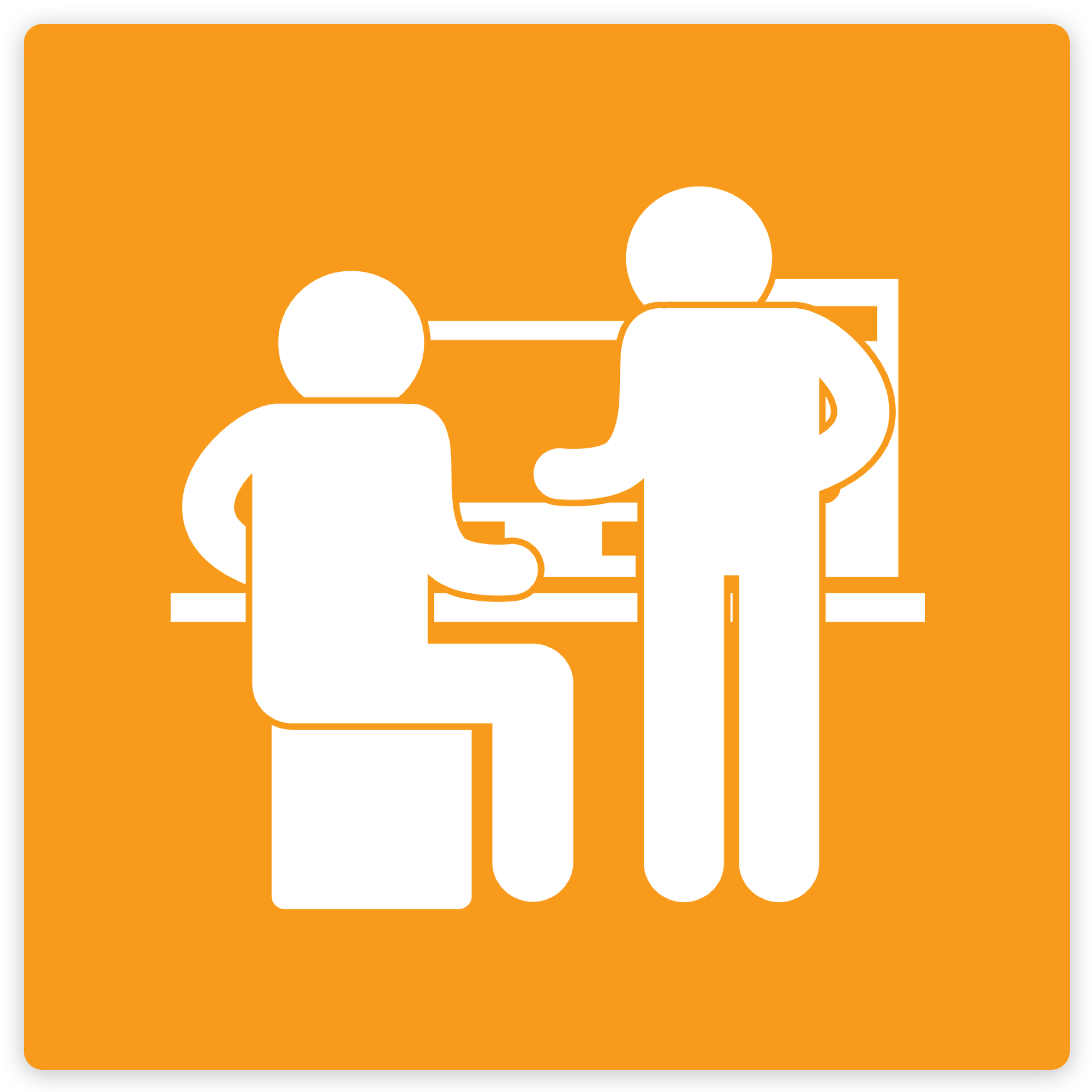
Engage and Collaborate
Odigia combines learning materials, discussions, and tools to create a familiar social experience for students allowing you to easily connect and redirect students attention.
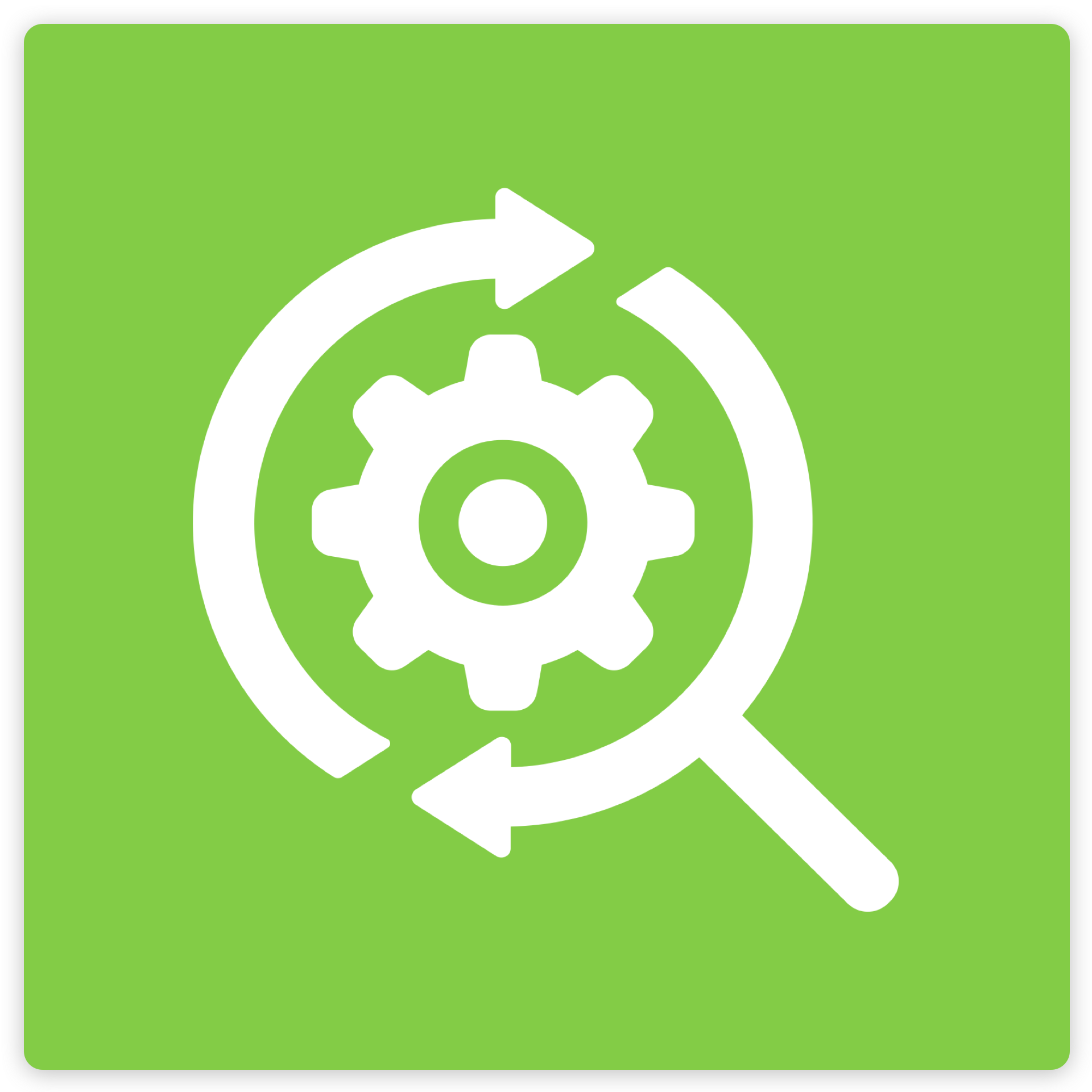
Track
See how much time students are spending on different areas of the course, which areas are creating the most amount of engagement and identify topics the students are struggling with. Flag and provide feedback on assignments to proactively meet individual students' needs.
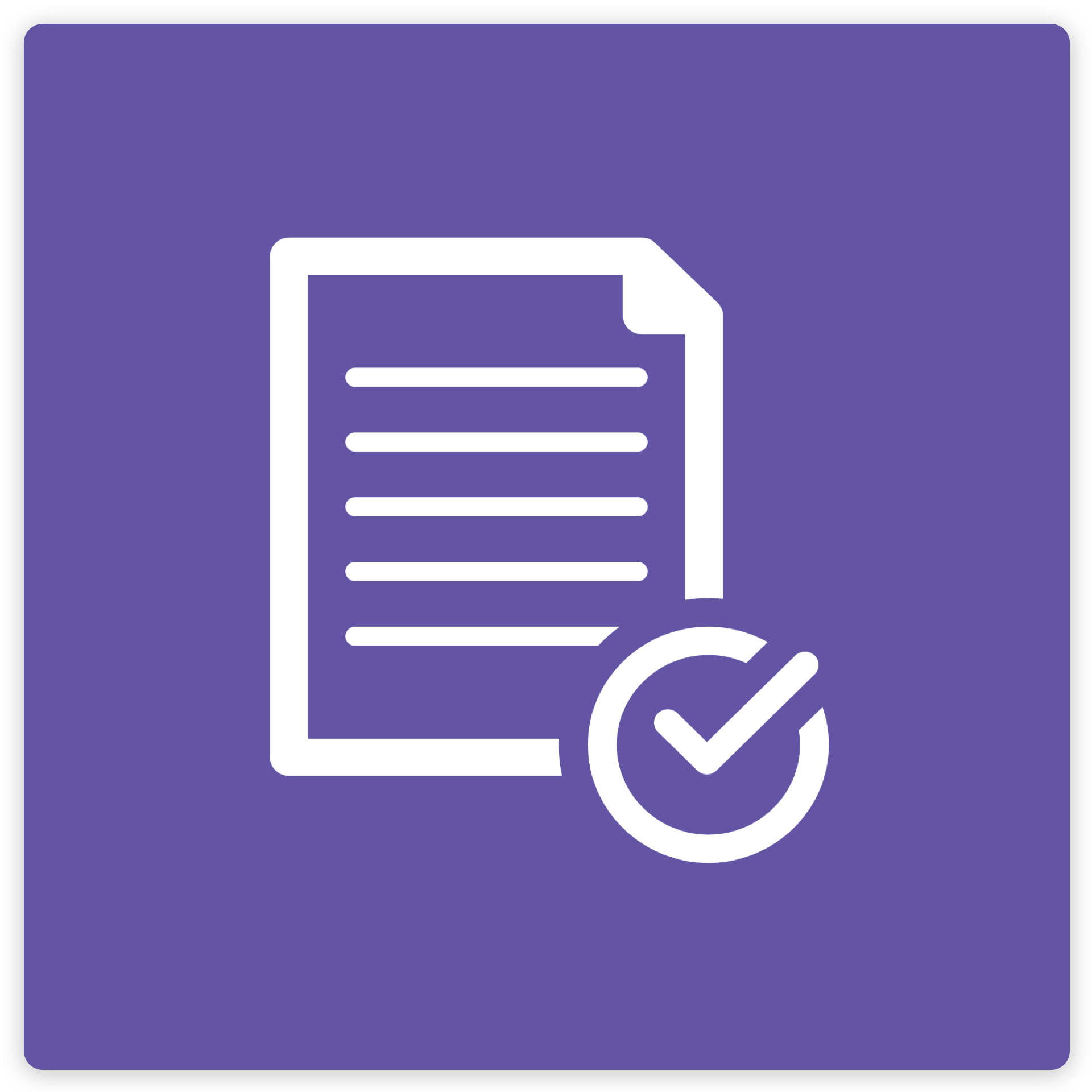
Assess
Game theory allows students to monitor their progress visually and motivates them to stay on track. Students can see exactly what activities they need to complete, which ones have been flagged and compare their progress against the overall class.
Anatomy & Physiology Course Outline
Concepts Covered: Concepts Covered: Concepts Covered: Concepts Covered: Concepts Covered: Concepts Covered: Concepts Covered: Concepts Covered: Concepts Covered: Concepts Covered: Concepts Covered: Concepts Covered: Concepts Covered: Concepts Covered: Concepts Covered: Concepts Covered: Concepts Covered: Concepts Covered: Concepts Covered: Concepts Covered: Concepts Covered: Concepts Covered: Concepts Covered: Concepts Covered: Concepts Covered: Concepts Covered: Concepts Covered: Concepts Covered: Concepts Covered:How does the human body work?
What is the chemical level of the human body?
What is the cellular level of the human body?
What is the tissue makeup of the human body?
What is the role of the integumentary system?
What are bones?
How does the skeletal system work?
What is the appendicular skeleton?
Why are joints important to the human body?
What role does muscle tissue serve in the human body?
What does the muscular system do?
How do the nervous system and nervous tissue work?
How does the anatomy of the nervous system help it control the human body?
What are the components of the somatic nervous system?
What are the components of the autonomic nervous system?
What are the components of the autonomic nervous system?
What is the process of the neurological exam?
What does the endocrine system control?
What are the primary functions of blood?
What are the interior and exterior parts of the human heart?
What are the major factors affecting blood flow, blood pressure, and resistance?
What are the components and anatomy of the lymphatic system?
What are the structures and functions of the respiratory system?
What are the structures and functions of the digestive system?
Why is metabolism and nutrition essential to life?
What are the roles of the parts of the urinary system?
Which mechanisms balance the intake and output of bodily fluids?
How do humans reproduce?
What are the major events in embryonic and fetal development?
Combine this content with our customizable virtual or at-home Anatomy & Physiology Lab kits to create a complete digital learning experience for your students.
Anatomy and Physiology is a dynamic textbook for the two-semester human anatomy and physiology course for life science and allied health majors. The book is organized by body system and covers standard scope and sequence requirements. Its lucid text, strategically constructed art, career features, and links to external learning tools address the critical teaching and learning challenges in the course. The web-based version of Anatomy and Physiology also features links to surgical videos, histology, and interactive diagrams.
About the authors:
Senior Contributing Authors
J. Gordon Betts, Tyler Junior College
Kelly A. Young, California State University, Long Beach
Dean H. Kruse, Portland Community College
Peter DeSaix, University of North Carolina at Chapel Hill
Brandon Poe, Springfield Technical Community College
Oksana Korol, Aims Community College
James A. Wise, Hampton University
Eddie Johnson, Central Oregon Community College
Jody E. Johnson, Arapahoe Community College
Mark Womble, Youngstown State University
Contributing Authors
William Blaker, Furman University
Julie Bowers, East Tennessee State University
Matthew Barlow, Eastern New Mexico University
Michael Hortsch, University of Michigan
Emily Bradshaw, Florida Southern College
Nishi Bryska, University of North Carolina, Charlotte
Susan Caley Opsal, Illinois Valley Community College
Pamela Dobbins, Shelton State Community College
Boyd Campbell, Southwest College of Naturopathic Medicine and Health Sciences
Kathleen Tallman, Azusa Pacific University
Rohinton Tarapore, University of Pennsylvania
Branko Jablanovic, College of Lake County
Norman Johnson, University of Massachusetts Amherst
Kenneth Crane, Texarkana College
Barbara Christie-Pope, Cornell College
Douglas Sizemore, Bevill State Community College
Maurice Culver, Florida State College at Jacksonville
Debra McLaughlin, University of Maryland University College
Bruce Maring, Daytona State College
David Wortham, West Georgia Technical College
Susan Dentel, Washtenaw Community College
Heather Cushman, Tacoma Community College
Peter Dukehart, Three Rivers Community College
Elizabeth DuPriest, Warner Pacific College
Elizabeth Tattersall, Western Nevada College
Susanna Heinze, Skagit Valley College
Julie May, William Carey University
Ann Caplea, Walsh University
Brenda Leady, University of Toledo
Sarah Leupen, University of Maryland, Baltimore County
Robert Mallet, University of North Texas Health Science Center
Natalie Maxwell, Carl Albert State College, Sallisaw
Lynn Gargan, Tarant County College
Michael Giangrande, Oakland Community College
Leigh Kleinert, Grand Rapids Community College
Timothy Ballard, University of North Carolina Wilmington
Phillip Nicotera, St. Petersburg College
Marnie Chapman, University of Alaska, Sitka
William Kleinelp, Middlesex County College
Mark Jonasson, North Arkansas College
Dale Horeth, Tidewater Community College
Kathleen Weiss, George Fox University
Rita Thrasher, Pensacola State College
David Van Wylen, St. Olaf College
Elisabeth Martin, College of Lake County
Ivan Paul, John Wood Community College
Sondra Dubowsky, McLennan Community College
Mark Thomas, University of Northern Colorado
Sharon Ellerton, Queensborough Community College
Ikemefuna Nwosu, Parkland College; Lake Land College
Nicholas Mitchell, St. Bonaventure University
John Lepri, University of North Carolina, Greensboro
Patty Dolan, Pacific Lutheran University
Ellen DuPré, Central College
Betsy Ott, Tyler Junior College
Lihua Liang, Johns Hopkins University
Mary Jane Niles, University of San Francisco
Janis Thompson, Lorain County Community College
Thomas Pilat, Illinois Central College
Mike Pyle, Olivet Nazarene University
Carla Endres, Utah State University – College of Eastern Utah: San Juan Campus
Cynthia Standley, University of Arizona
Robert Sullivan, Marist College
Aaron Payette, College of Southern Nevada
AnnMarie DelliPizzi, Dominican College
Pam Elf, University of Minnesota
Cameron Perkins, South Georgia College
Robert Rawding, Gannon University
Greg Fitch, Avila University
Umesh Yadav, University of Texas Medical Branch
Shobhana Natarajan, Brookhaven College
Ann Henninger, Wartburg College
Jason Schreer, State University of New York at Potsdam
Brian Shmaefsky, Lone Star College System
Rosemary Hubbard, Marymount University
Scott Payne, Kentucky Wesleyan College
Laird Sheldahl, Mt. Hood Community College
Susan Spencer, Mount Hood Community College
Chaya Gopalan, St. Louis College of Pharmacy
Mark Hubley, Prince George’s Community College
Jeff Keyte, College of Saint Mary
Victor Greco, Chattahoochee Technical College
Tony Yates, Oklahoma Baptist University
Justin York, Glendale Community College
Cheri Zao, North Idaho College
Elena Zoubina, Bridgewater State University; Massasoit Community College
Noelle Cutter, Molloy College
Lynnette Danzl-Tauer, Rock Valley College
Myriam Feldman, Lake Washington Institute of Technology; Cascadia Community College
Margaret Weck, St. Louis College of Pharmacy
Neil Westergaard, Williston State College
Jane Davis, Aurora University
Kim Aaronson, Aquarius Institute; Triton College
Lopamudra Agarwal, Augusta Technical College
Gary Allen, Dalhousie University
Robert Allison, McLennan Community College
Heather Armbruster, Southern Union State Community College
Lynn Wandrey, Mott Community College
David Pfeiffer, University of Alaska, Anchorage
Eileen Preston, Tarrant County College
Eric Sun, Middle Georgia State College
Tom Swenson, Ithaca College
Shobhana Natarajan, Alcon Laboratories, Inc.

